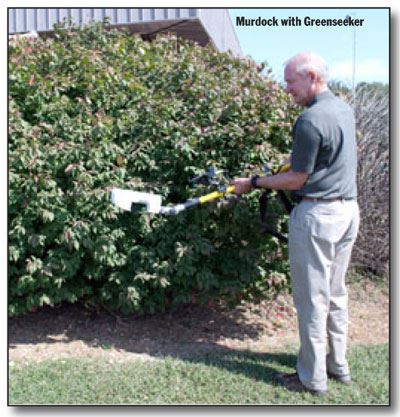UK Soil Scientists IncreaseWheat Yields Through Better Use Of Nitrogen
PRINCETON, KY.
It’s important for wheat producers to get the
most efficient use of their nitrogen inputs to
keep costs down and improve crop productivity.
University of Kentucky College of Agriculture
soil scientists have conducted studies on the effectiveness
of remote-sensing nitrogen applicators
and have developed an algorithm to use in
the equipment that has proven to increase yields
in Kentucky.

Remote-sensing technology uses sensors to
measure crop canopy conditions and apply the
appropriate amount of nitrogen to a particular
area as the tractor passes through the
field. This technology helps ensure the
areas that need nitrogen get it and cuts
down on unnecessary applications in
areas of the field with sufficient
amounts, rather than producers making
a blanket application across the
field based on the field’s average nitrogen
needs.
Since this is new technology, only
two states, Oklahoma and Virginia,
had algorithms for the machine. Neither
worked for Kentucky. With funding
from the Kentucky Small Grain
Growers Association, Lloyd Murdock,
UK extension soils specialist, developed
one for the state.
“I’m excited that we’re making this
technology work for farmers,” he said.
“It has increased nitrogen efficiency
and yields during field trials the past
two years.”
In field trials, the algorithm has increased
yields by an average of 3.9
bushels per acre. The total amount of
nitrogen used has remained about the
same, but is now varied over a field with some locations
receiving more or less than others. With
these averages and taking into account current
wheat prices, producers can expect to get a return
of about $20 per acre.
Murdock is working with Kentucky growers
who have remote-sensing technology to help
them input the algorithm into their equipment.
He’ll also lead a discussion about this during the
2012 UK Wheat Science Group’s Winter Wheat
Meeting Jan. 10 at the James R. Bruce Convention
Center in Hopkinsville. Δ